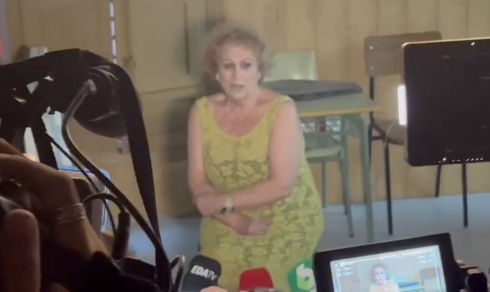AUGUST’S inflation rate in Spain reported an annual rise of 2.6%, according to preliminary figures from the National Statistics Institute (INE) published on Wednesday.
The top line rise- up by 0.3% on July- came as no surprise due to the surge in fuel prices with motorists having to pay the highest pump prices for nearly a year.
Cuts in Saudi Arabia oil production have been the cause, which has also impacted on electricity and oil tariffs.
Raymond Torres, director of economic think-tank Funcas, said: “We have seen rebounds in gas and oil, and they may cause some upside surprises, but we are still far from the highs reached last year,”
Tourists paying higher hotel, bar, and restaurant prices has also boosted consumption and therefore inflation.
Despite the rate rise, Spain’s inflation stands at over half of the rest of the Eurozone and is just above the European Central Bank’s target figure of 2%.
In August 2022, inflation was at 10.5% and the average rate was 9% for the first nine months of last year.
So far in 2023, the average nine month rate is 3.6%.
Raymond Torres believes that as a whole, agricultural prices will continue to rise, but it varies between products.
He uses the shortage of olive oil as an example due to poor harvests, which reduces supply and pushes up prices, meaning that consumers are looking towards cheaper alternatives
Core inflation which excludes energy and fresh food is at 6.1%- 0.1% down compared to July’s figure.
Economic experts estimate that the year will finish with a rate of between 4% and 5%.
The Bank of Spain last Friday warned that inflation in the Eurozone would remain above target for ‘an extended period of time’.
GOT A STORY? Email us at tips@theolivepress.es
READ MORE:
- Olive oil in Spain soars to new record wholesale price
- Food in Spain is over 10% more expensive than a year ago despite the country’s low inflation compared to…
- Inflation in Spain falls below 2% for first time since March 2021
- Fuel prices pump up inflation rate to 2.6% in Spain










